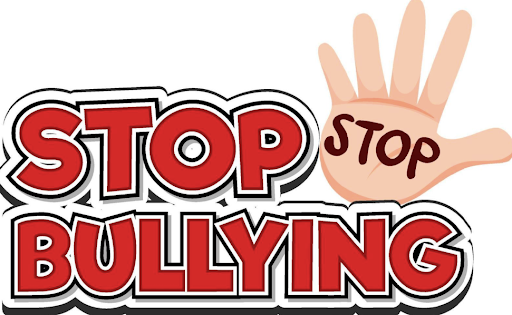Walk into any school hallway. You might see laughter, friends sharing lunch, or someone sitting alone in a corner. Bullying rarely announces itself with fanfare. It hides in whispers. In exclusion. In subtle mockery, adults often miss. Addressing this requires more than rules. More than speeches. It requires creating a culture where empathy is visible and valued. Immediate. Unavoidable. This is where stop bullying posters come in. They are not just decoration. They are constant reminders that the space belongs to everyone. Not just the loudest voices. They make a statement without saying a word: bullying is unacceptable.
The Hidden Power of Visual Messaging
People underestimate the power of what they see every day. A poster isn’t just a visual. It’s a mirror. When students walk past one showing a peer standing up against unfair treatment, something registers. Mirror neurones fire. Empathy sparks, often without conscious thought. The action may not be immediate. But the seed is planted. Over time, these visuals nudge students to pause. Think twice. Consider the consequences before joining in—or staying silent.
The effect spreads beyond classrooms. Libraries, gyms, and even school buses become subtle classrooms of morality. A poster doesn’t lecture. It asks. It questions. “Do you see this? Do you belong?” Repetition matters. It makes kindness part of the daily rhythm. Not a one-off assembly. Not a fleeting speech.
Why Students Often Ignore Anti-Bullying Efforts
Many campaigns fail. Awareness alone is rarely enough. Posters succeed when they mirror reality. Not vague slogans like “Be Kind”. But moments students recognise. Someone offering a jacket to a classmate was laughed at. A group forming a circle around a student being excluded. Stories they know. Stories that make them stop and think. Social proof matters too. Teenagers notice peers. A poster showing a student standing up becomes silent peer validation. It whispers, “This is valued. This is how you belong.”
Design That Creates Emotional Impact
Design isn’t about polish. It’s about authenticity. Hand-drawn student art often resonates more than perfect graphics. Small details—the curve of a smile, a hand on a shoulder, a shared glance—speak louder than words. Posters should feel achievable, not moralising. Overwhelm or fear has no place. Rotation matters. A poster ignored in September may hit differently in December. Fresh visuals keep the message alive. Constant. Persistent. Part of the daily backdrop.
The Role of Peer Influence in Reinforcing Posters
Posters alone? They don’t transform behaviour. Peer influence gives them weight. When a student sees a classmate respond to bullying—standing up, comforting, or including someone—the message stops being abstract. It becomes real. Tangible. Students imitate, not because they are told to, but because it feels right. Posters quietly reinforce what peers already model. Step by step, the culture shifts. Silence becomes risky. Action, expected. Little gestures grow into habits. And habits ripple.
Integrating Posters Into Everyday School Life
Placement is more than convenience. It’s intentional. Hallways, cafeterias, locker areas, classrooms—anywhere students linger, posters matter. Above a water fountain, a student pauses. Near the library entrance, thoughts stir before study. Even small, overlooked corridors become spaces for empathy to grow. Discussion matters too. In class, at assemblies, teachers weave posters into conversation. Slowly, repetition embeds values. Not through lectures. Not through fear. But by constant, subtle exposure. Students carry lessons into interactions, into choices, into the small moments adults might miss.
Turning Awareness Into Action
The posters alone won’t stop bullying. People do. But they ignite action. Teachers referencing them in class. Students are creating their own. Clubs hosting poster contests. Suddenly, a static visual becomes a catalyst. Conversation starter. Prompt. Hallway intervention. Parents can help too. A dinner table discussion inspired by a poster. A child recognising an unnoticed act of exclusion. Small actions amplify the message. Exponentially.
Building a Culture That Lasts
The true test of a poster’s power? Not whether students see it. But whether it changes the environment. It’s in the small moments. Someone speaking up. Comforting. Including. Communities embracing these messages demonstrate empathy in action. Every poster, every conversation, every choice matters. Thoughtful design. Strategic placement. Integration into daily life. Stop bullying Posters are more than paper. They are catalysts. Small objects capable of measurable change. Constant reminders that bullying has no place. And that kindness must always be the default.


